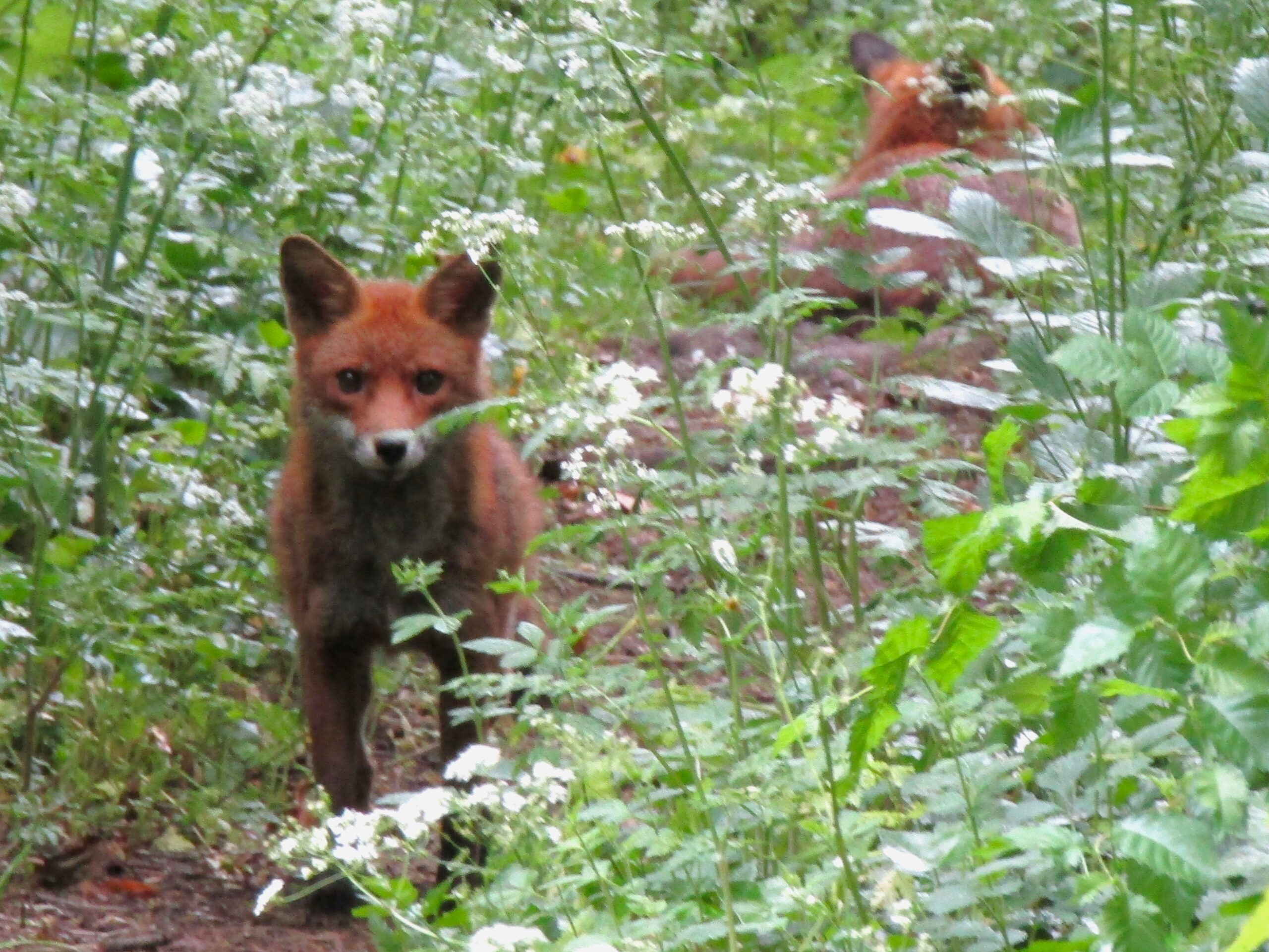WIldlife of London
You might not associate London, a city of 8 million people, with wildlife. I didn’t until I moved here, and I was wrong – that’s not easy for me to admit. This page is to highlight the fact that even in cities wildlife coexists with people. The most common sights include grey squirrels, the North American import that adapted to city life much better than our native red. And foxes that are often seen (unfairly, in my opinion) as a pest, similar to that of racoons in North American, possums in Australia, and monkeys across Asia.
London has an enormous amount of green space in the centre, in the suburbs, as well as in the outer reaches of Greater London. Its parks are famous: St. James’s, Green, Regent’s, and Hyde, to name a few. And, beyond that, more rugged areas survive. So, to those living in or visiting London (or any city), I would recommend seeing more than the usual tourist sites. Find a walking route and discover the natural sights.
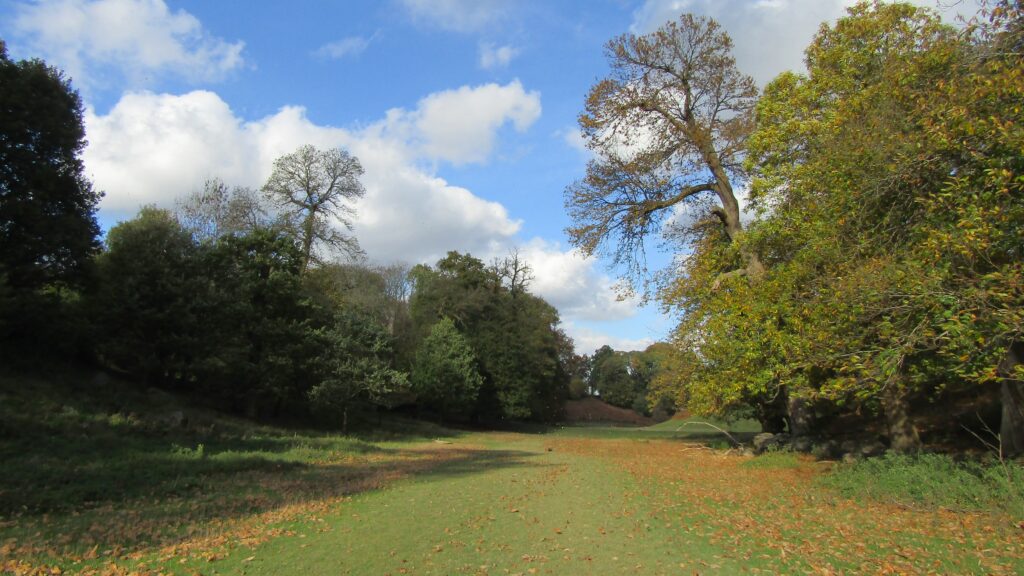
Sevenoaks
Knole Park is technically just beyond London’s borders, in Sevenoaks, Kent. But it is easily accessible by train, and it is around one mile walk from the station, with a car park inside as well. The park is a mixture of grassland and woodland. And it’s known for the deer park, where European Fallow and Japanese Sika deer roam.
It is worth a visiting Knole Park at any time of year. On clear days in Spring and Summer, the park is a vibrant green. In Autumn, there is the contrast of colours from the changing season and falling of leaves. In winter, if you are lucky to visit after snowfall, it becomes a winter wonderland. There are marked paths around the park, but if you go off track, it’s large enough to get lost in – that is, in a good way, to feel like an explorer.

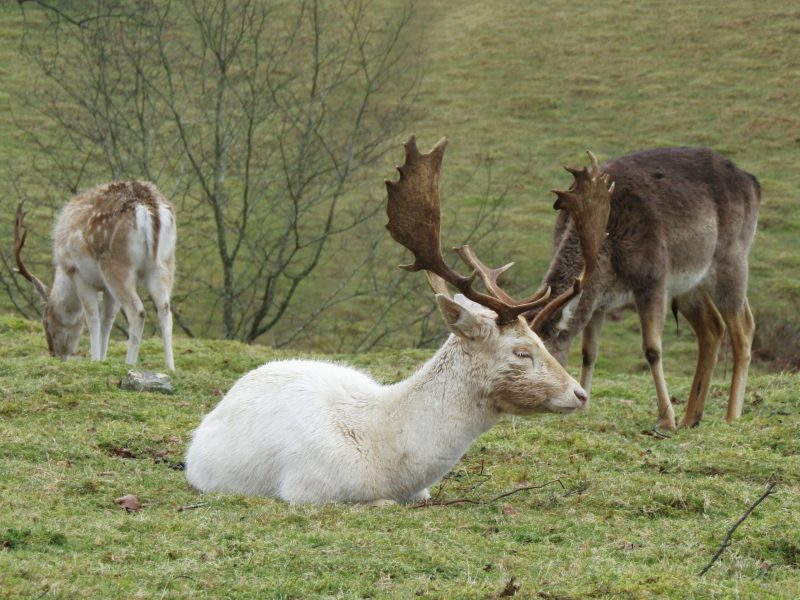
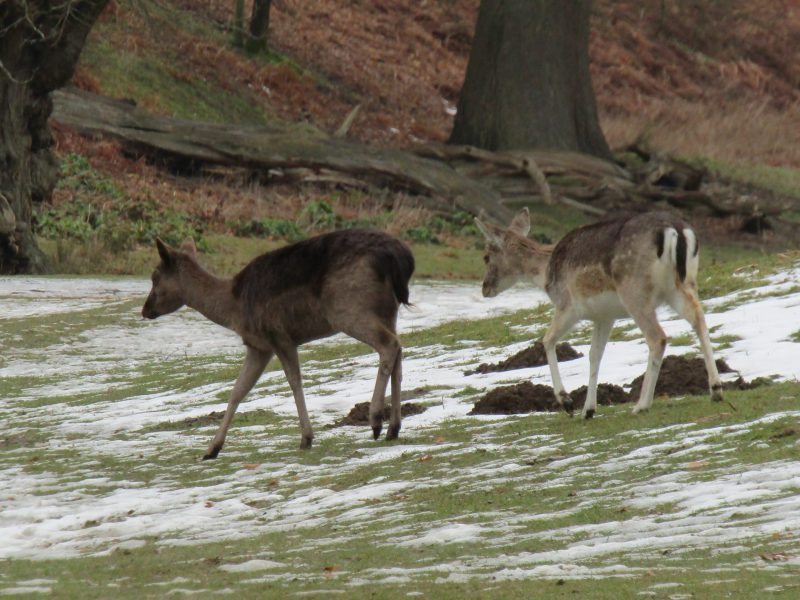
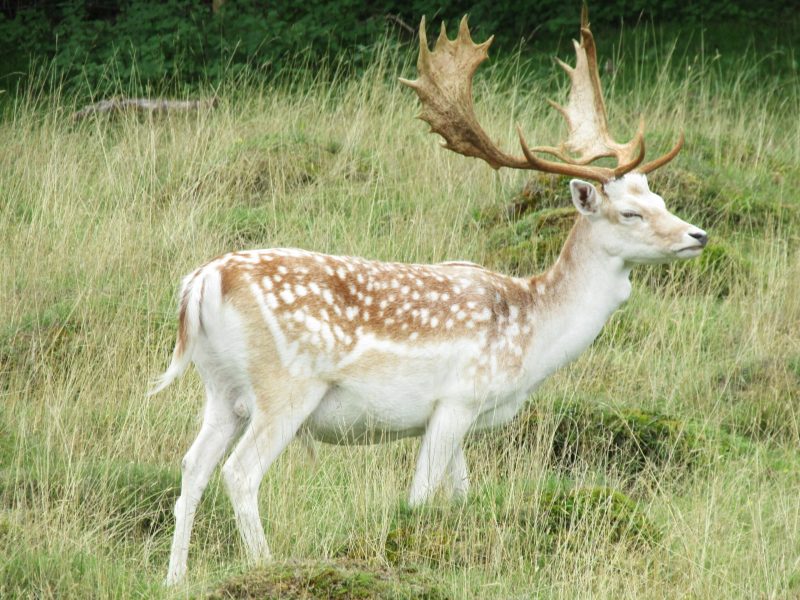

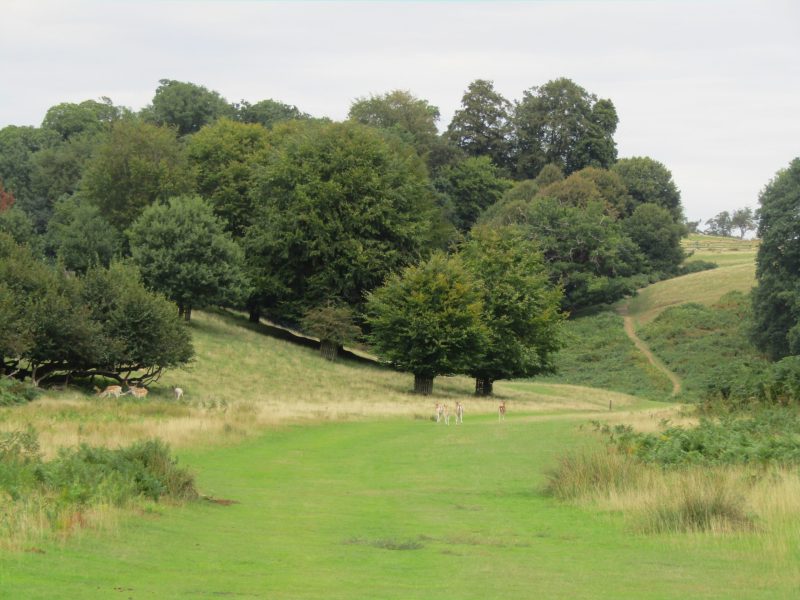

Richmond Park
Another deer park, but this one is within the boundaries of London. Richmond Park is a huge expanse of nature, and a stark contrast to the surrounding urban zones. It serves as a wildlife reserve for the larger red deer, as well as the smaller fallow deer. A sighting of deer is almost guaranteed on a walk here.
Multiple cycle and walking routes traverse the park, presenting you with a number of ways to discover it. In the centre of the park is a large pond, surrounded by trees, bush and shrub, that is home to many animals and birds. The main draw has to be the red deer, for their impressive stature, and imposing antlers. Take care during rut season.
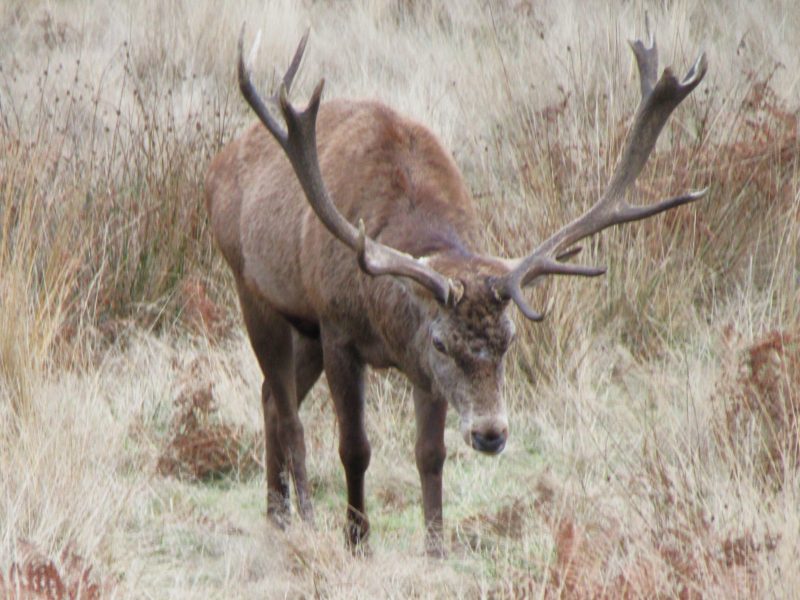

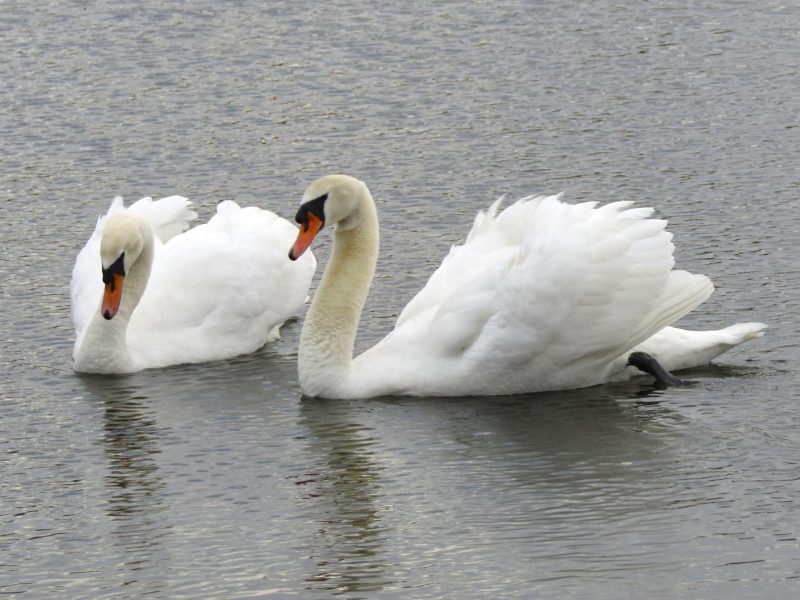
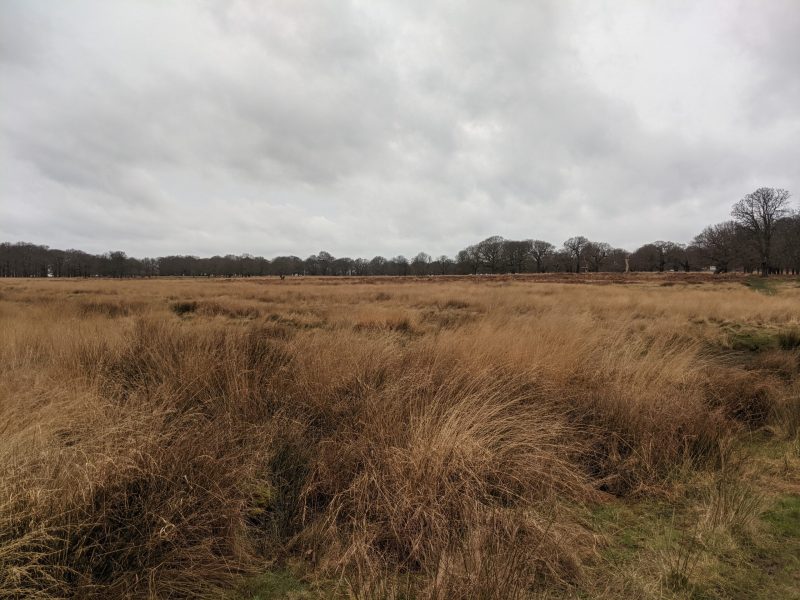
Foxes
I am fascinated whenever I see a fox. I think their striking orange fur, when against green foliage, only serves to add to their good looks. To look like a fox is a compliment, after all. And there is something enchanting about the wild fox. The reality of their existence; having to hunt for food and surviving in the cold, may be less romantic, though.
The reputation of urban foxes in London is mixed. It’s not uncommon to see foxes in the city with a limp, or patchy coats – an all-together unhealthy look. Often, they are scavenging for food. Yet, they may have an easier existence than their rural counterparts.
Still, I believe London’s foxes add character to the urban lifestyle, and many an evening walk is brightened up by an encounter with a wily old fox, many of which seem alert, strong, and well-groomed.
